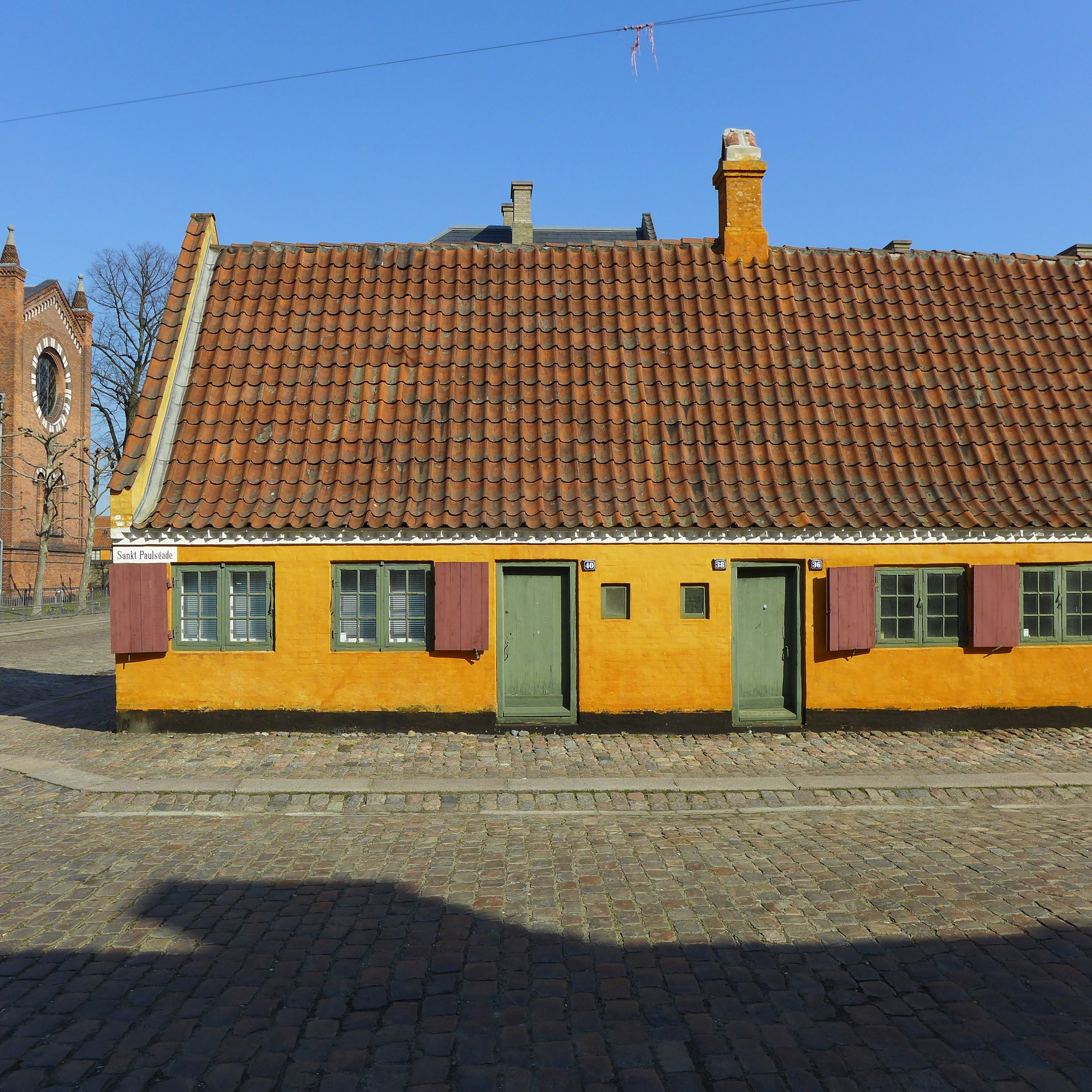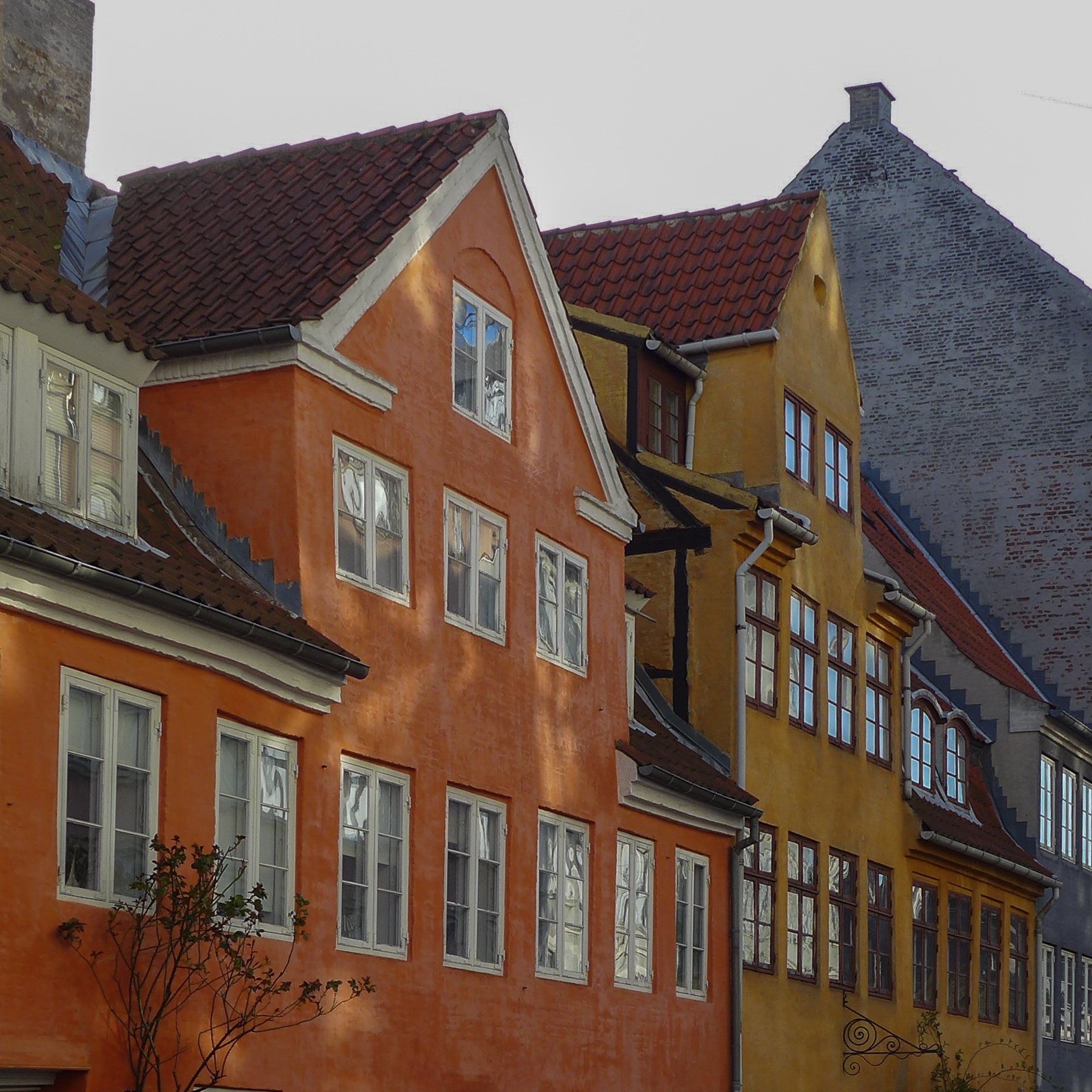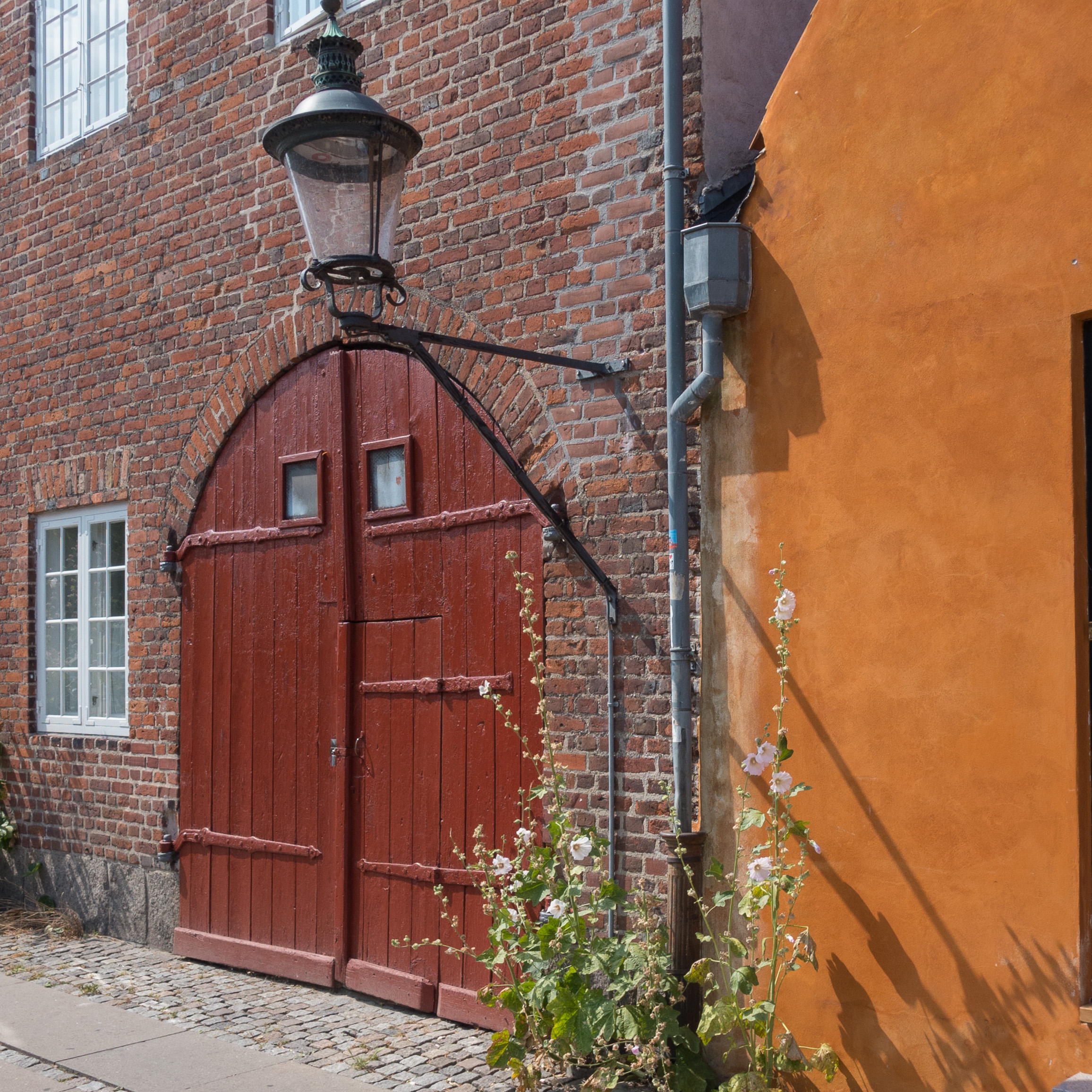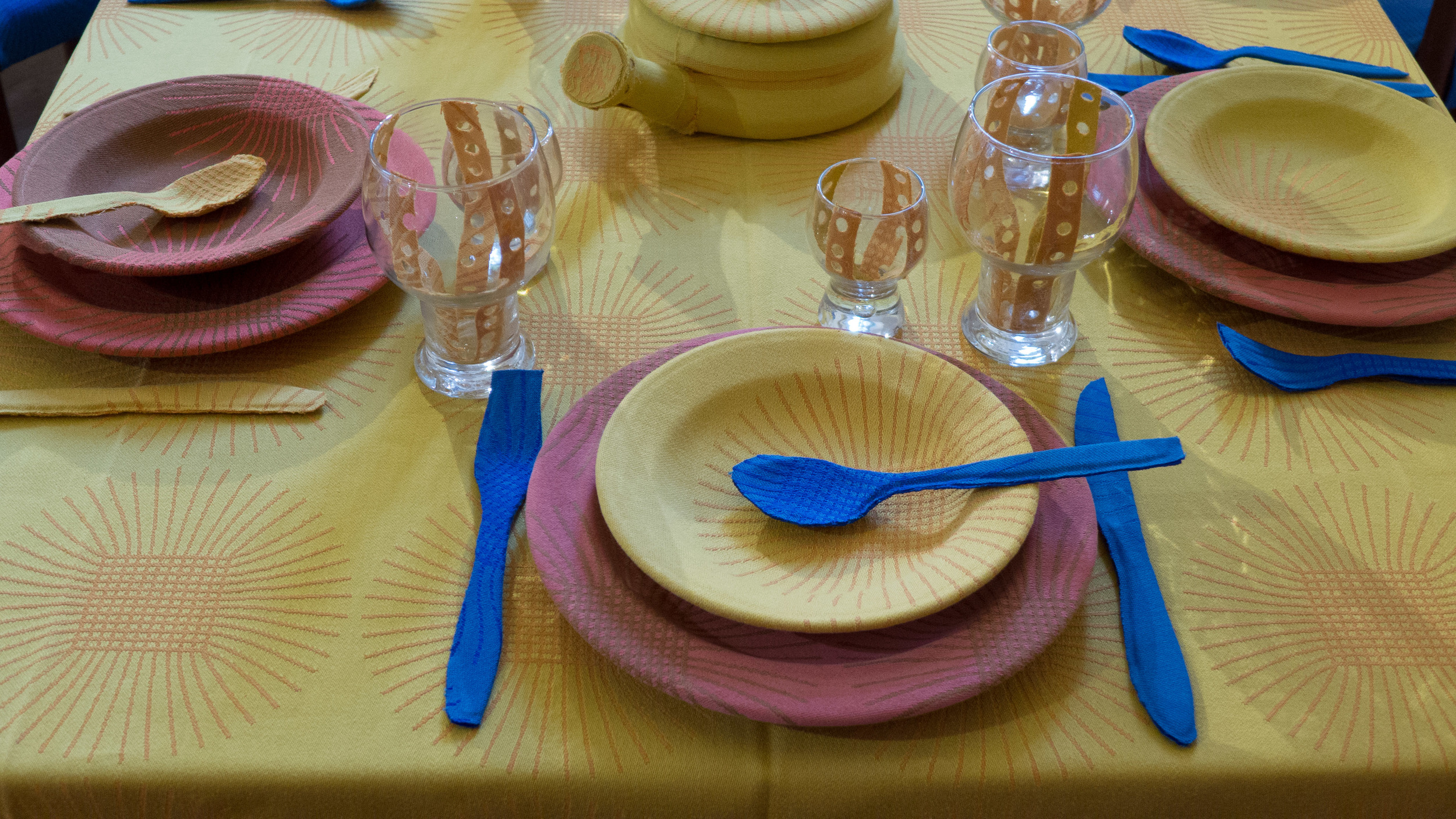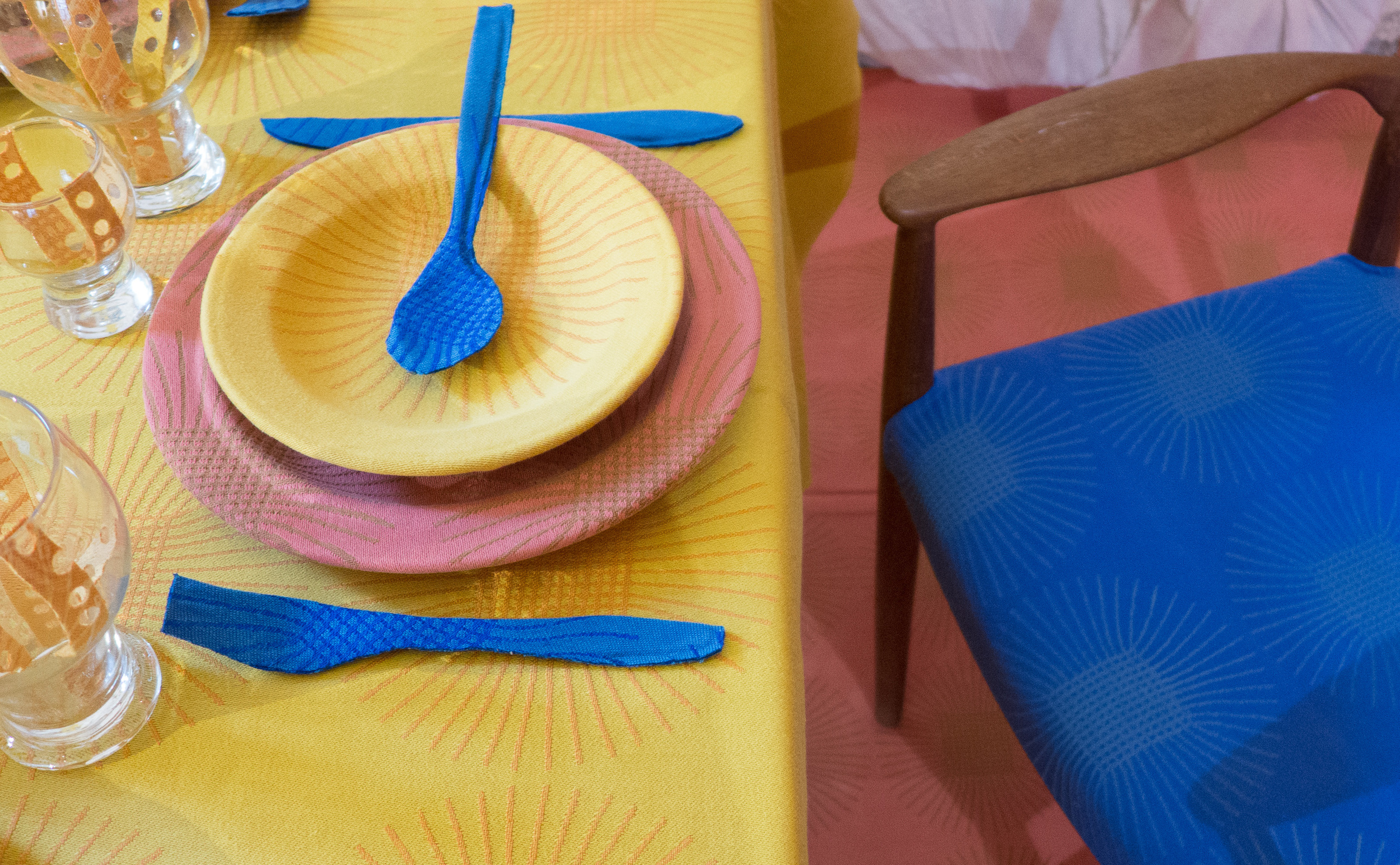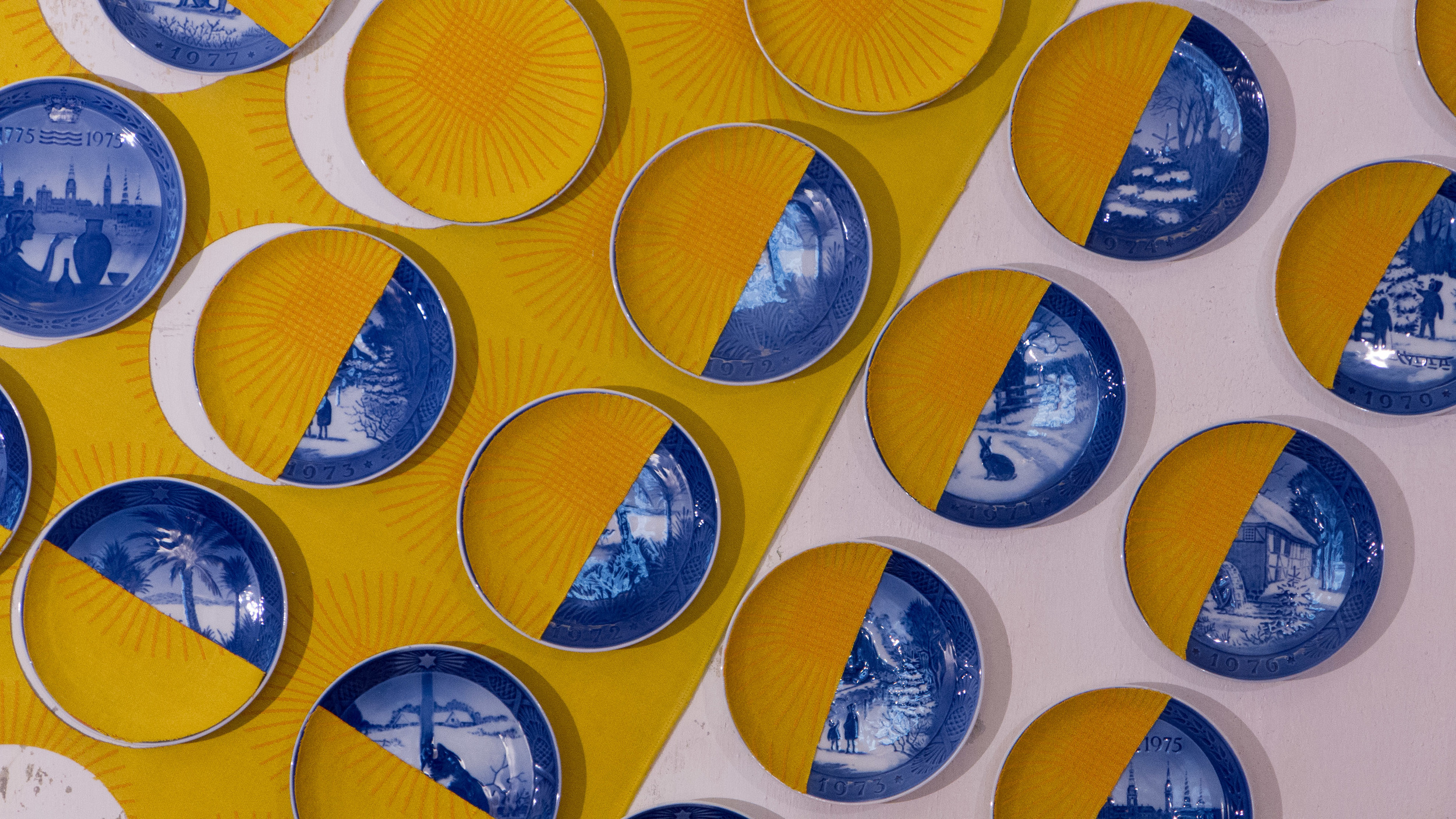new Normann
/Tea Strainer by Böttcher Henssler Kayser, Nutcracker by Ding3000 and Peeler by Holmbäck-Nordentoft
With such a large number of people at the party last month for the relaunch of the Normann store in Copenhagen, it was a bit difficult to judge exactly how much had been changed. You could see the main alterations to the space but obviously it was difficult to see how and where furniture and so on would be displayed and impossible to get any sense if it would really feel like a different shop once the partygoers had left and it was all arranged for a more normal day.
So a trip back over to the store on a weekday was fascinating.
It has always been an unusual store because at one stage in its past the building was a cinema and that had been built immediately behind earlier shops on the street frontage. There is a relatively narrow and simple frontage from the street … simple in the sense that several shops along the street retain original or at least early fronts with heavy wood-framed windows and traditional display areas but Normann has large sheets of glass with minimal frames and a discrete name above. Inside there is a long and relatively narrow corridor running straight back into the building to get you to the main shop area in the old cinema. Until recently this corridor had a fair amount of display, in part to draw you into the store, but it is now much more dramatic with a solid and stark block of terrazzo forming a sale counter or reception just inside the doorway and some carefully-chosen items on display and then the corridor itself has been given a grey but glossy floor and the ceiling has ranks of neon strip lighting with the walls covered in large sheets of reflective metal. Along one side is a long long line of upholstered seating, rather like the Swell range from the company but squared off, less rounded, and, at the moment, along the side facing the seating is a long line of vases, the Nyhavn Vase, standing on the floor and all the same colour, so the effect is dramatic and sort of glamorous but glamour carefully restrained.
Just Chair from Iskos of Berlin with Slice Table by Hans Hornemann and the Onkel Sofa by Simon Legald
Ace Sofa by Hans Hornemann and Sumo Pouf by Simon Legald with Solid Table by Lars Beller Fjetland
The large main shop space opens out at the end of the corridor and previously had a first part with a low ceiling, under an upper gallery that is an office and studio space, with steps and slopes down with parapet walls enclosing the area before the lower main display area and then at the far end there was a large raised area that was used in part for display and in part for meetings and exhibitions. The steps down are now the full width and in a dark terrazzo, so much more architectural, and the stage area has been removed completely to open up the space. Historic architectural features, including fairly grand and ornate arcading along each side, have been kept but given a sophisticated colour scheme in grey and white.
What was an open staircase in the centre to get down to a basement area has been in part covered over, again with the reflective metal sheet, and the stairs carpeted in pink. Clothes for men and women that were originally shown in that lower basement level have been moved up to the main floor and to glass wardrobe-like display/storage - that in part makes the items seem rather more special and even more carefully selected and in part these cabinets and other display features, taller and more solid than any previous display, divide up the area and enclose parts that suggest something much more like room settings for the furniture than was possible before.
Below, in the basement area, there is still some display but vaulted areas towards the back have been glazed in to create well-fitted meeting rooms and it is this that appears to be a key to the remodelling. It is just from observation rather than from talking to the team at the store but this all seems like a very careful move to take the whole brand up a level. For both the customer and the commercial buyers.
Nyhavn Vase designed by Simon Legald
Cap table lamp by the German design studio Kasch Kasch
The shop was always more a design store anyway rather than simply a main shop … most Normann furniture and design is sold through independent shops and department stores. So this means the Østerbrogade store is now the place to come for inspiration and not really the place to come to buy one more chair like the ones you bought last year although I’m sure they would be happy to sell it to you.
Over the last five or ten years the main furniture and design companies in Denmark have ended up too much alike, too bunched together in the middle of the price band, trying to match each other in price and ending up matching each other in style too … the simple consequence of the consumer driven pressure for ‘value’. With the recent opening of a Fritz Hansen store in Copenhagen and the proposed merging of Hay with &Tradition and with Gubi still going very much it’s own way there seems to be a really healthy and new sense of divergence.
At Normann, rather as with Muuto, what has always been interesting is that they have distinguished their designs by choosing very distinct ranges of colours. There really is a Normann style and although they would say, quite rightly, that their furniture appeals to a wide range of customers, this change to the store and the very character of the launch party itself would suggest that, at least here in Copenhagen, they are aiming for the 30 plus urban professional who has a real interest in fashion and design and this really does mark a move away from the pale wood and grey or muted colour palette normally associated with Scandinavian design and a move towards something still very sophisticated but maybe, as said, a bit more glamorous and a bit less clam. Minimal meets Art Deco revival … or is that me trying to be too clever?
normann Copenhagen, Østerbrogade 70, 2100 Copenhagen



